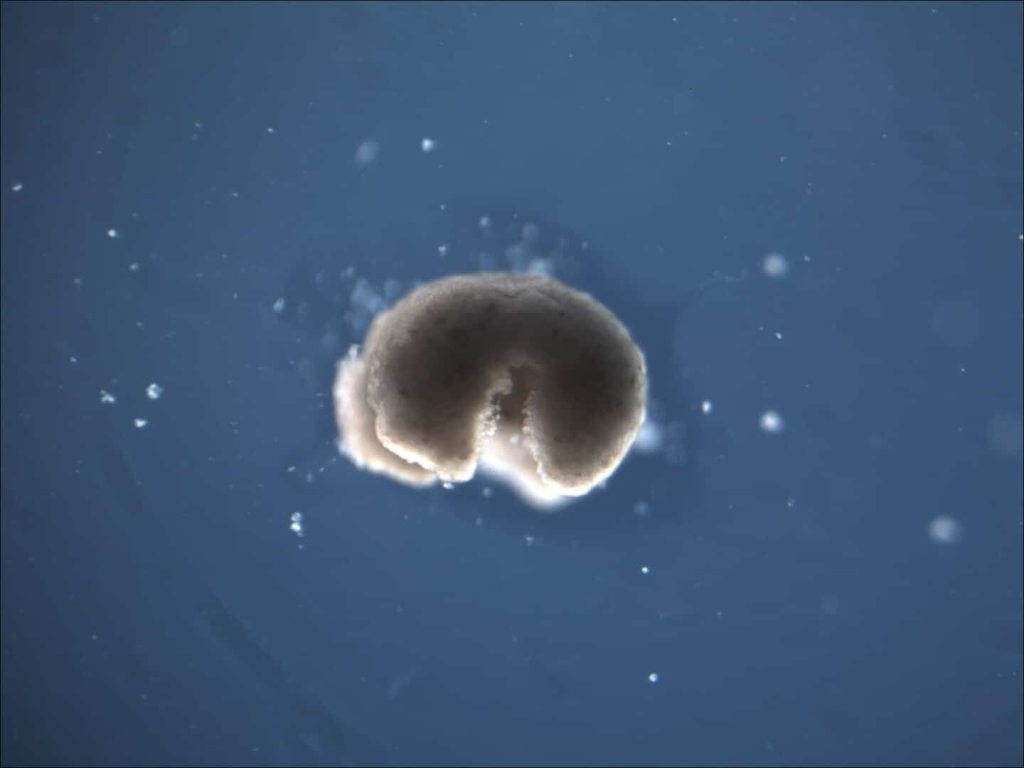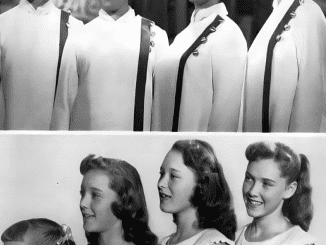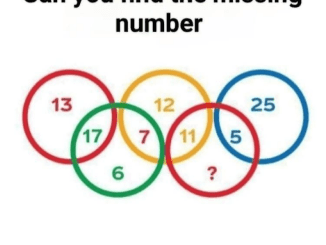For centuries, the line between life and death seemed clearly defined. When an organism dies, we assume everything inside it ceases to function. But what if we’ve misunderstood that final moment all along? New research reveals something truly groundbreaking—cells from dead organisms can actually reorganize themselves into new, living structures. And yes, we’re talking about functional, moving, repairing, and even replicating lifeforms.
It’s not science fiction. It’s science—real, verified, and happening in labs right now.
The Death of an Organism Doesn’t Mean the Death of Its Cells

Traditionally, death has been defined as the irreversible end of an organism’s ability to function. But we’ve long known that some parts of the body—like organs used in transplants—can remain alive and operational for hours, or even days, after overall death.
Researchers are now taking this one step further. Under specific laboratory conditions, scientists have observed that cells from dead bodies can survive independently, adapt, and even build entirely new structures. All they need are the right cues: oxygen, nutrients, electric stimulation, or targeted biochemicals.
This changes everything we thought we knew about the nature of life, death, and regeneration.
Meet the Xenobots: Life Born from the Dead
One of the most fascinating examples of this phenomenon is the creation of xenobots. These are tiny biological robots, developed from skin cells taken from deceased frog embryos.
Here’s the mind-blowing part: When these cells are placed in a petri dish, they self-organize. They group up, form shapes, and even begin to move—thanks to tiny cilia (hair-like structures) on their surface. These cilia weren’t originally used for locomotion in the frog, but in this new environment, they serve as engines for movement.
Video : Your brain still works after death
Even more remarkable? Xenobots can replicate themselves. Not through traditional cell division, but through a process called kinematic self-replication—they gather loose cells around them and build new versions of themselves.
Yes, this is real. And yes, it’s redefining the meaning of “alive.”
Anthrobots: Human Cells Do It Too
Think this only happens in frogs? Think again.
Scientists have recently discovered that human lung cells, when isolated and given the right environment, can do something similar. These cells form what researchers now call anthrobots—multicellular constructs that exhibit behaviors like movement, repair, and interaction with surrounding cells.
In one experiment, anthrobots even helped repair damaged neuron cells nearby, showcasing the potential for cellular regeneration and healing after death.
The fact that human cells can do this raises profound implications for medicine, organ recovery, and even aging research.
A New “Third State” of Life
The discovery of xenobots and anthrobots has led researchers to suggest the possibility of a third biological state—one that isn’t quite alive in the traditional sense, but also not fully dead.
These self-organizing cell clusters exist in-between, operating with a level of independence, plasticity, and intelligence that we’ve never attributed to cells before.
They aren’t functioning parts of their original organism, but they’re also not mindless tissue. Instead, they’re living systems with new properties, built from the remnants of what once was.
This leads to an extraordinary conclusion: death may not be the final chapter. At least not at the cellular level.

What This Means for Regenerative Medicine
The practical potential of these findings is immense.
Imagine being able to rebuild tissues or organs from cells harvested after death. If dead cells can be coaxed into forming new, functional lifeforms, we might be looking at a future where organ regeneration doesn’t require live donors at all.
These self-assembling entities could also be trained to deliver drugs, clean up damaged tissues, or repair nerve damage. The possibilities are wide open, and research in this area is accelerating fast.
For people with degenerative diseases or in need of complex surgeries, this could offer a whole new class of treatments—and maybe even cures.
Philosophical and Ethical Implications
Of course, with great discovery comes deep questions.
If cells from dead organisms can live again in new forms, what does this say about the nature of individuality? Where do we draw the line between life and death? And are these newly formed constructs “alive” in a meaningful sense?
Video : CELLS COME ALIVE AFTER DEATH?!
These aren’t just theoretical concerns. As the technology evolves, we’ll have to redefine concepts like death, consciousness, identity, and ethical responsibility. Should we have rules for how these multicellular constructs are used? Should they be protected? Are they just tools—or something more?
This isn’t just science—it’s philosophy meeting biology in real time.
Rewriting the Rules of Life
The discovery that cells from deceased organisms can self-organize into functional lifeforms flips the script on how we understand biology. Life, it turns out, might not end as definitively as we thought. Cells can carry on, adapt, and evolve into entirely new entities—creatures with their own behaviors, lifespans, and purposes.
This challenges centuries of assumptions, from medical definitions to spiritual beliefs. And it opens new doors for scientific innovation, regenerative therapies, and our understanding of what it means to be alive.
So, the next time someone tells you death is the end, just remember: at the microscopic level, it might actually be the beginning.


